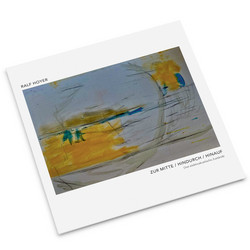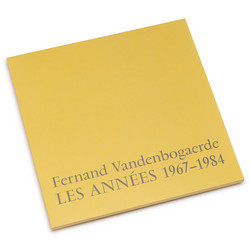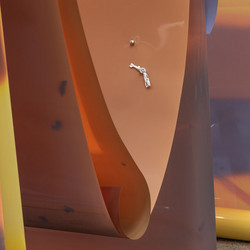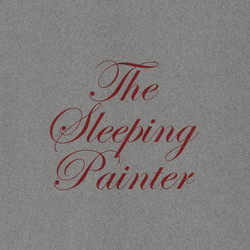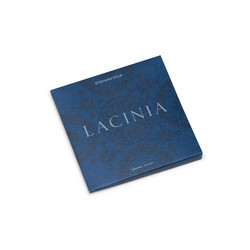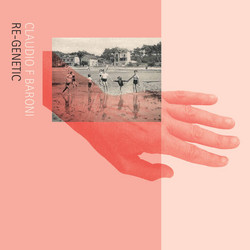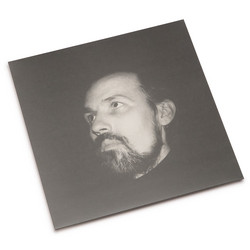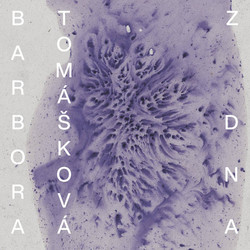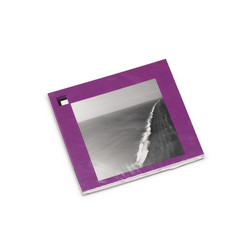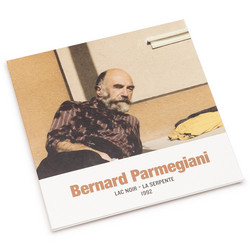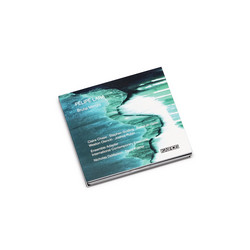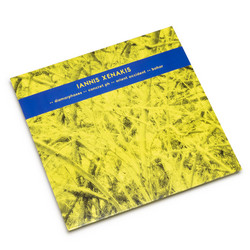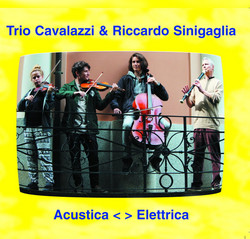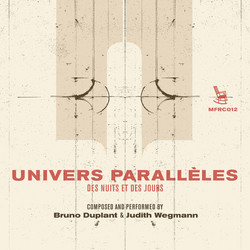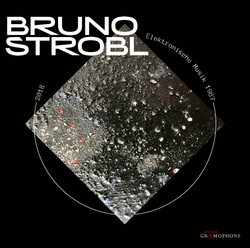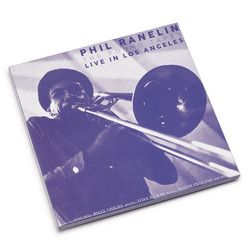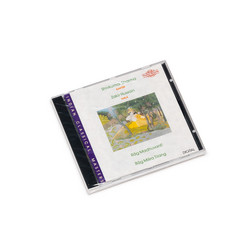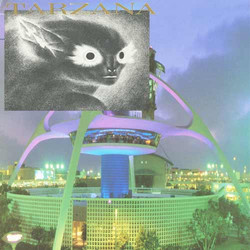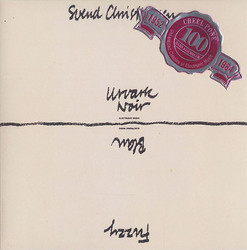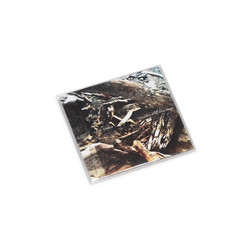Bruno Strobl has a soft spot for sounds – for decades, he has been tinkering with them, changing them, playing with them. In the past by means of analog sound processing machines, for a long time by computer software and electronic instruments. Mostly, however, it is an analog sound that he takes as a starting point. Three sound generators are the core of his interest for the pieces collected on this CD. Three working tools moreover: a circular saw of the craftsman, four old water mills of the Lesachtal farmers and a small barrel organ – historical working tools of a “musician”. Bruno Strobl has another soft spot for the possibilities of experimenting with spatial sound in electroacoustic works.
Depthstaggered layers that move with or against each other, emerge together or indepen dently and disappear again. Which wander from one side to the other through the listening room. Zungenspiel Deep rumbling, sharp mids and highs, harsh trigger impulses. Bruno Strobl’s reed play lives from contrasts, from dynamically variable subtleties, from depth staggering of the individual sound layers. Sounds move away, approach one. A game with quasi rolling continuations and interjected and further developing trigger impulses. ENNo imaginary audio stories 4And very occasionally, at the beginning with a few tones, then later somewhat more clearly, the sound source can be guessed. A small miniature barrel organ. Bruno Strobl punched two of the supplied punch cards and recorded these sounds. These sounds serve as the basis. In addition, the sound of idling, crank noises. The composer has edited these many times, trans posed them, changed, or cut off transients, etc. About in the middle of the piece the worlds meet – the almost tender and sweet sounding miniature barrel organ sounds, the sounds of the historical reproduction instrument, which with the help of punched cards as storage media was able to inspire people with “canned music” and was built in all sizes from just such miniatures for the home to fairground barrel organs to largeformat house organs – and the sounds of the here & now, which have been processed and put into other, completely different dimensions, by means of electronic processing devices and computer software.
Mühlentänze There are five mills clattering by the rushing brook ... In the “Valley of 100 Mills”, the Carinthian & East Tyrolean Lesach Valley – specifically: in Maria Luggau, right next to the former monastery. They are old. For centuries they have ground the local mountain farmers their grain. Among other things, they also used the waterpower to transport material by cable car to the high alpine pastures and farmsteads. For plowing, for threshing and to operate a sawmill. However, electricity was also introduced into the valley, which was difficult to access for a long time, and it took the initiative of a few committed farmers who recognized the historical peculiarity of these old mills standing one behind the other along a stream and saved them from decay. Grain is now ground here again every year. There are guided mill tours and a small hiking trail. And an annual mill festival. One day before this, 5which took place in 2020 not publicly, but only “valleyinternally”, the mills were already started up once. Bruno Strobl was able to listen to four of them with his microphones inside and outside fascinated by their variety of sounds. While some purred along leisurely, the others seemed to dance almost rhythmically. The four pieces, which merge into one another, are corre spondingly diverse. Single rattling, hissing and interjections, with clear impulses stand at the beginning, sounds are sent whistling through the room, soon an intensivesubtle play with spatial movements, with foreground and background, dynam ic gradations and clear breaks begins. Not to forget, with over lapping textures. It grooves and almost calls for dramaturgical intensification – accompanied by constant compression and intensification of the sound bands continuously passing the ears. Noise, always noise, always different, changing, spikyupper tonedsharp, this is how bands of sound push back and forth, suddenly appearing. At some point, you seem to see it in front of you, the grinder, the stream with the mill wheel, turning incessantly. But it flashes only briefly, transformed into the here & now, to be heard in the sound garb of the electronic, strongly overtoned and dense.
The events calm down. Pitch associations creep into the now quieter highfrequency sharp noise bands. Cuts break through the sound stream. The events calm down. Pitch associations creep into the now quieter highfrequency sharp noise bands. Cuts break through the sound stream. And yet, as tempting as it may be to hear anecdotal things out of Bruno Strobl’s music, this is not his intention. His thinking when composing is an abstract one. Sound and its movement in space. And: Is it really possible to decipher sound material acoustically 6when listening, if one does not know about the source? And here it is independent what is written in the liner notes – they direct our ear. And I urge you to leave these paths as well and just listen. SägewerkNoise in its diversity – elongated, various rising and falling patches of color, brushstrokes of varying thickness and inten sity. Individual harmonics shimmer through, almost giving the impression of soft, belllike melodies. While in the foreground sharpfrequency noise continues to swell and decay. It never sounds the same, it is always changing. Waves. Superimposed, complementary layers of sound. Short rhythmic interjections. Noise levels in which pitches are hidden. An evolving flow of sound – the steady screech of the circular saw, a single yelp of the saw blade, cutting through wood, is the basis for the approximately 19minute Sägewerk. The neighbor’s farm work in the lockdown 1/2020.
